Apple launches budget iPhone SE, upgraded iPad Air & powerful Mac Studio desktops & Studio Display
An affordable yet powerful iPhone, an upgraded iPad Air and new Mac Studio desktops were launched today by Apple.
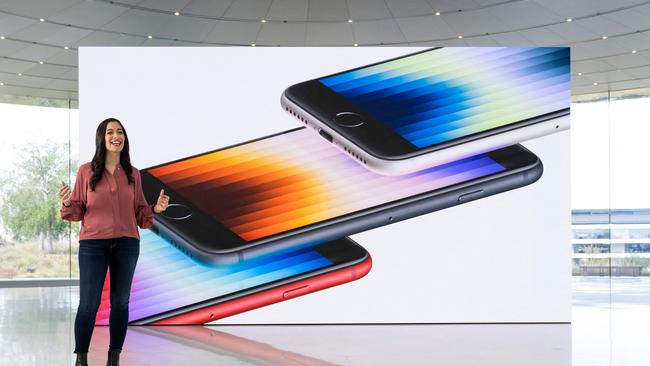
Apple has launched the third generation of its budget iPhone SE line which offers more high end features at an affordable price. It has also updated the iPad Air with its fast M1 chip, the same chip used on the high end iPad Pro.
While the iPhone SE 3 will be a fillip to budget users, the most significant announcement was the Mac Studio, a new cube like desktop evolved from the Mac mini but a separate line, with the highest specs that Apple has produced, exceeding even the Mac Pro.
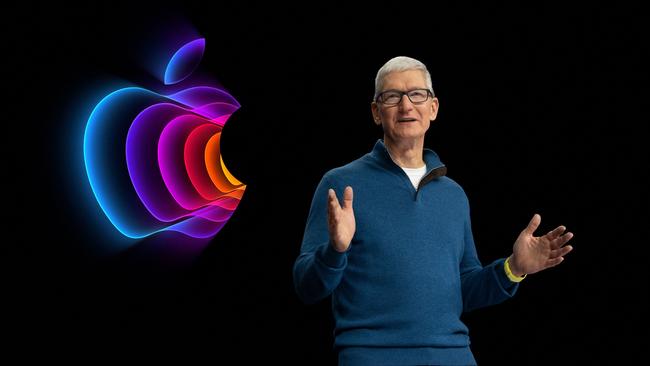
The Mac Studio will shake up the desktop market at a time of renewed interest with more people working from home. Apple particularly is targeting studio use by musicians, videographers and designers.
Apple also has announced a revolutionary display that not only offers 5K resolution but includes an entire sound system with tweeters and woofers, and mics and a camera for conference calls.
It also unveiled ‘alpine green’ coloured iPhone 13 and 13 Pro models and new content for Apple TV+ including Friday Night Baseball.
iPhone SE (3rd generation)
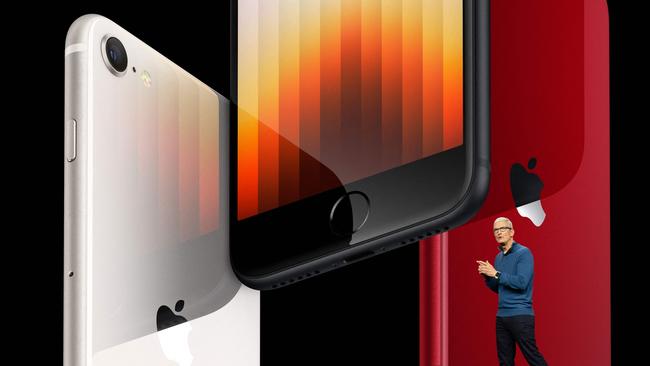
The new iPhone SE features the same A15 Bionic chip that Apple uses in its latest high end iPhone 13 models. It offers fast performance and artificial intelligence capabilities used in computational photography on high end iPhones.
You pay $719 for the base 64GB model with more for 128 and 256GB storage options. That’s more than $400 cheaper than a standard iPhone 13. Customers can pre-order iPhone SE from March 12 with availability from Friday March 18.
The iPhone SE has glass finishes front and back, a 16-core neural engine capable of 15.8 trillion operations per second for AI capability, improved battery life, and importantly 5G which now comes to Apple’s cheapest handset. Apple says the faster chips translates to faster downloads, lower latency or delay when online, and better battery life.
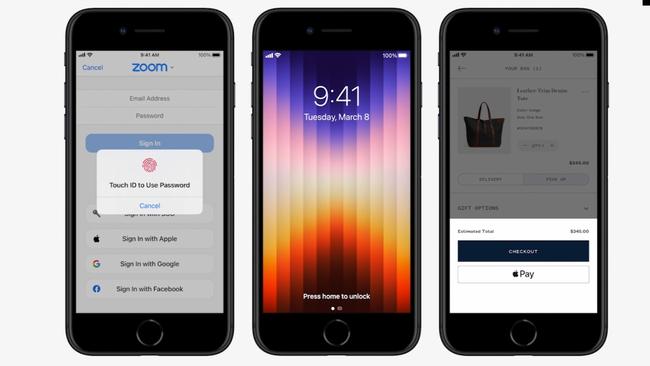
There are compromises. You get a smaller 4.7-inch display and an old fashioned home button with Touch ID unlocking instead of Face ID. Until recently, touch ID offered a more reliable way to unlock an iPhone than Face ID due to mask wearing. There’s are bezels or borders around the display but thankfully they look smaller than on previous SE models. The bezels give them an older appearance.
Apart from screen size, the main compromise is just a single camera lens on the back compared to up to three with iPhone 13 models. Low light photography was ordinary on previous iPhone SE models; we’ll see if it is better with generation three. The addition of computational photography means the phone will seek to improve the quality of objects it recognises in shots.
The phone will run the latest Apple operating system, so you can use the Focus mode to screen calls, and the camera’s capability to translate photographed images of text into editable text. iPhone SE is available in midnight (black), starlight (white) and red.
New M1 Ultra chip
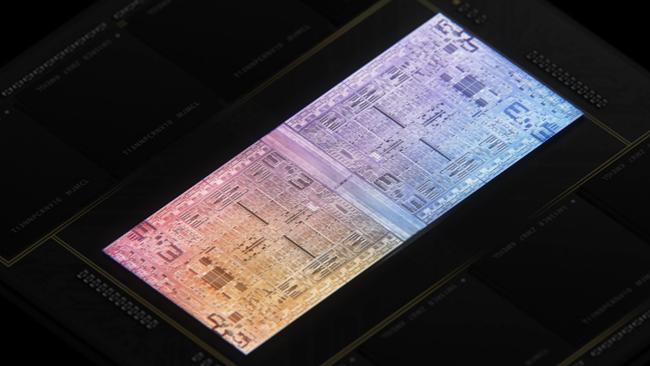
Apple laid the groundwork for what was to come by announcing its most powerful chip yet, the M1 Ultra. It was created by fusing together two M1 Max chips. The chips are not linked as separate entities. Apple says that would increase latency and power consumption, and reduce bandwidth.
Instead M1 Max chips have the capability of being coupled. More than 10,000 signals can be directly connected, which offers an enormous 2.5 terabytes per second of interprocessor bandwidth. If you believe in reincarnation, at that speed several life times worth of your data could be flashed across the M1 Ultra in a single second. The resulting unified chips has 114 billion transistors, has a 20-core CPU with 16 high performance cores and 4 high efficiency cores, a 64-core GPU and supports up to 128GB of unified memory.
Apple says the neutral engine in this monster is capable of up to 22 trillion operations per second. This is all achieved with a 65 per cent reduction in power consumption.
Mac Studio
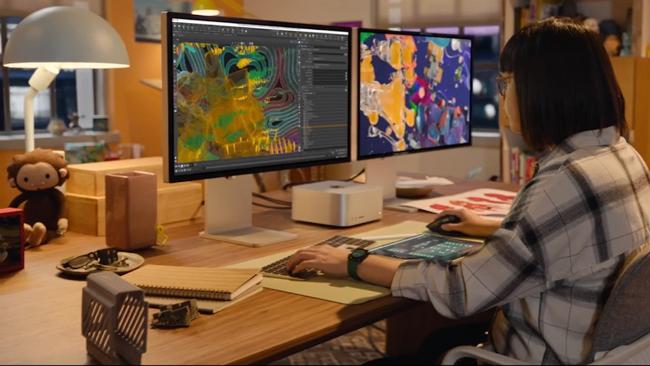
The Mac Studio is a new desktop line for Apple, taking its inspiration from the Mac mini as a small sized cube desktop, but with incredible power and extensive connectivity. There are two versions: one with the M1 Max chip and the other with the new M1 Ultra chip. Apple is hoping that these small yet powerful laptops will make inroads into the higher end desktop market.
At 19.6 cm high, the Mac Studio is considerably taller than a Mac mini. Apple uses the top of the space for its thermal system which it says operates almost silently. The Mac Studio has almost 2000 perforations in its aluminum frame for ventilation.
Both versions offer a wide range of connections around the frame. On the back there are 4 USB-C style Thunderbolt 4 ports, Ethernet, 2 USB-A, HDMI and audio out, with two USB-C ports and an SDXC card slotat front. These front facing USB-C ports on the M1 Max version are rated at 10 GB/sec, on the Ultra version it is Thunderbolt 4 which offers up to 40 GB/sec bandwidth in both directions.
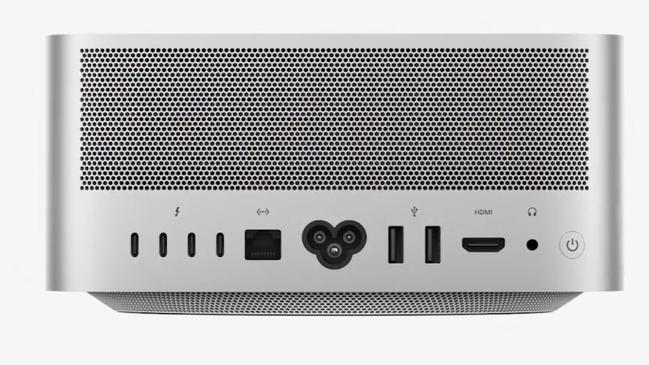
The Mac Studio supports up to 4 displays along with a 4K TV. It can drive 90 million pixels.
Apple trotted out impressive statistics to show how powerful these Mac Studios are. It’s suffice to quote one: that the Mac Studio with M1 Ultra is 60 per cent faster than that other monster, the Mac Pro with a 28-core Xeon chip. If you need another, it’s up to 4.5 times faster than a high end 27-inch iMac with a Radeon Pro graphics card. If you need a third stat, Apple says it can simultaneously handle 18 streams of 8K ProRes 422 video when editing. (That’s of course is if you spec it up.)
That’s all in a small cube form factor you can almost hide on the desktop.
You can configure the Ultra version with up to 128GB of unified memory, it offers up to 7.4 Gigabytes per second for data transfer from an SD card, and it can handle up to 8TB of solid state drive storage.
However, these units are not cheap with the base Max model starting at $3099 RRP and the Ultra from $6099. You’ll need to turbo charge your Apple Pay account for these.
Studio Display
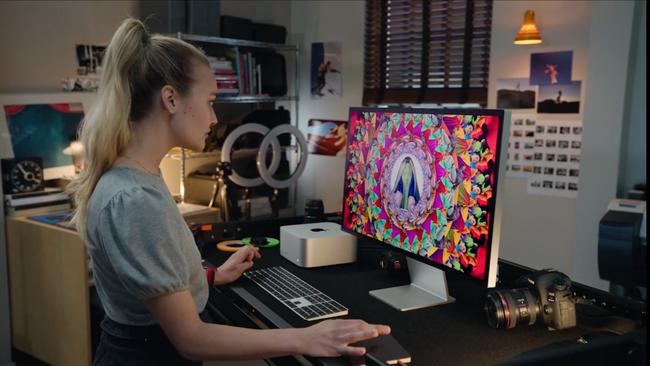
There are two options: a 27-inch 5K display costing from $2499 and a 32-inch 6K Pro Display XDR from $8499. While they cost a motser, the two retina displays offer far more than a monitor. They have a three-microphone array, a 12 MP ultra wide camera and a six-speaker noise cancelling sound system with four woofers and two tweeters that pump out spatial audio. On the back there are three USB-C ports rated at 10 GB/sec speed. The units support Dolby Atmos and Dolby Video.
Apple says you can charge a Mac Notebook from the Studio Display which delivers 96 watts of power. The monitor can even fast charge a 14-inch MacBook Pro. It comes with three stand options including the ability to rotate from landscape to portrait and tilt 30 degrees.
Apple says the Mac Studio and Studio Display together allow musicians and producers “to build the studio of their dreams” with systems that can handle compositions with hundreds of tracks, plug-ins and virtual instruments, all played in real time.
The two screens deliver 600 (27-inch) and 1600 nits of peak brightness (32-inch).
iPad Air (5th generation)
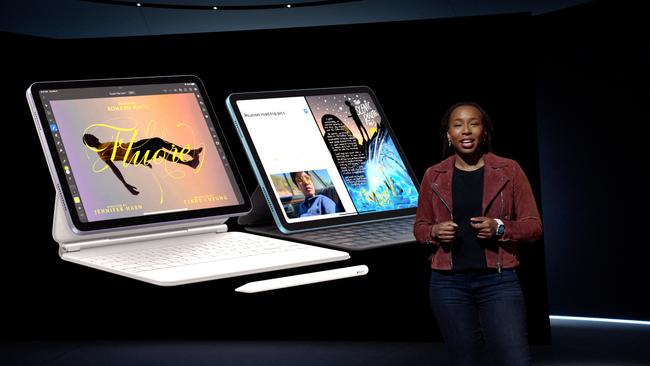
Apple also announced a new version of the iPad Air with a 10.9-inch retina display that increases performance to the level of the iPad Pro with a homegrown Apple M1 chip. The new Air offers 500 nits of brightness and a 12 megapixel ultra wide front facing camera. The USB-C port at the bottom is twice as fast as on the previous model.
This latest Air continues to support the existing second generation Apple Pencil. Perhaps the most significant update is 5G for the cellular versions.
Apple promoted the new Air’s ability to use a new version of iMovie which increases the availability of curated storyboards and music options.
It comes in space grey, white, pink, purple and blue and costs from $929. You can order from March 12 with the Air going on sale on Friday March 18.

To join the conversation, please log in. Don't have an account? Register
Join the conversation, you are commenting as Logout